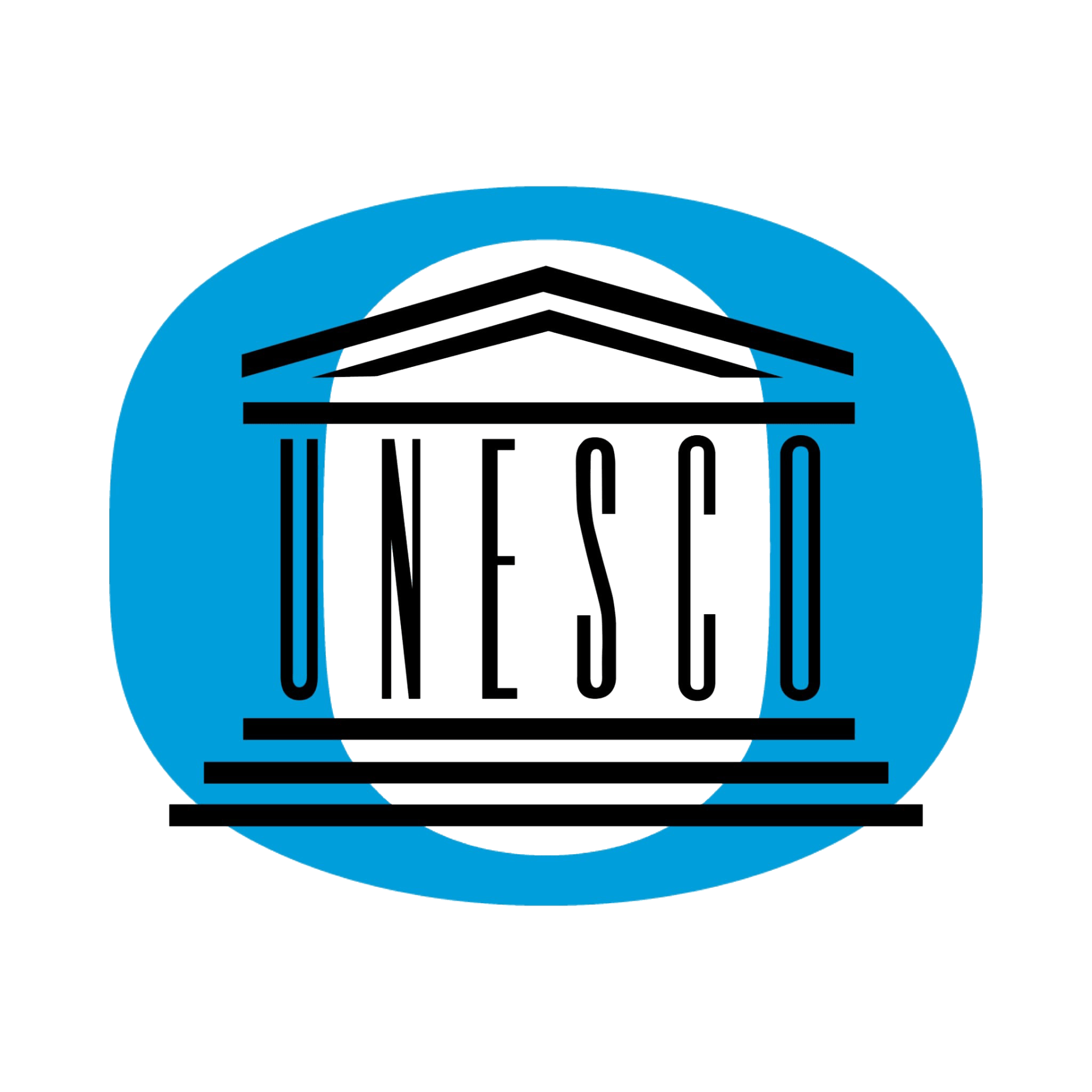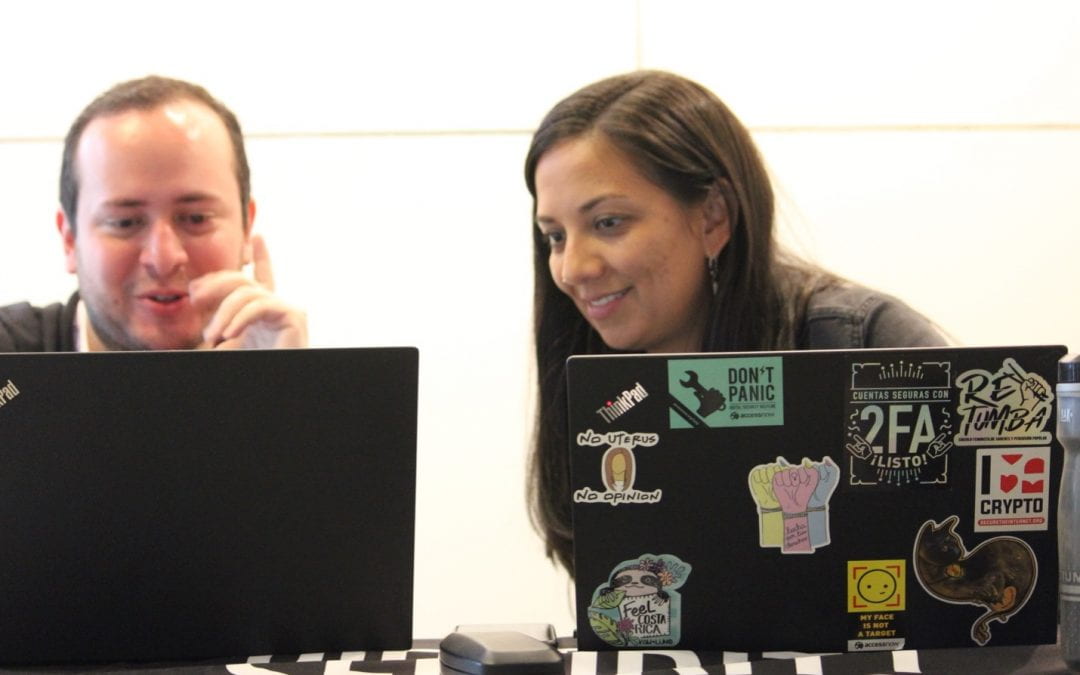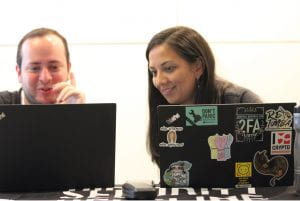by Karl Furlong
Punta del Este, Uruguay – Digital threats against journalists are on the rise around the world, an issue being explored in depth this week at a global event hosted in Uruguay as part of UNESCO’s World Press Freedom Day (WPFD)
Sitting behind a small desk in the corner at the UNESCO WPFD conference hall, Jean Carlo Lara Fonseca and Rocio Jimenez Calderon wait patiently to speak with journalists.
Fonseca and Calderon work as Security Incident Handlers with Access Now, an organization dedicated to “defending the digital rights of users at risk around the world.” A key reason for their attending the conference is to help attendees “tune up” their digital security.
To date, there have been surprisingly few journalists taking advantage of these two professionals offering advice on how to stay safe. This may be unexpected given that this is the second day of a three-day conference dedicated to journalists under digital siege, although it may also be a reflection of the rich agenda – and variety of sessions – that attendees can engage with.
Nevertheless, they argue that digital security is a topic no one can overlook.
“People have to have the right amount of paranoia,” said Calderon, making the case for taking precautions with their digital tools and presence. “We would like to have everyone at the conference come and talk with us.”
From providing instruction on how to set up two-factor authentication to working with organizations that have been infiltrated by the Pegasus spyware, Access Now is a resource available to everyone from freelance journalists to employees of large media organizations.
Founded in 2009, Access Now employs 120 people in countries around the world, with offices in the Americas, Asia, Africa, and Europe. They provide assistance in helping journalists improve their digital security practices and to keep out of harm’s way via their blog, events, helpline and campaigning.
This support is provided in nine different languages ranging from Arabic to Russian; and helps journalists around the world deal with issues ranging from phishing through to setting up security policies and procedures for full scale news organizations.
Many journalists don’t recognize why they would be a target. Which potentially makes them vulnerable.
Fonseca said that the triggers for digital attacks could be as simple as a previously story published, the work of a colleague, or perhaps bad actors who someone somewhere has just taken an interest in what they’re working on.
Calderon says she thinks it’s often the case that journalists don’t believe the risks apply to them. Either they implemented the necessary protections, or they don’t think they are working on things important enough to warrant concern. “Until it happens to them,” Fonseca quickly added.
The threats journalists face are increasing by the day. These include potential for metadata to be scraped from photos, location services pulled from applications, emails hacked, laptop cameras accessed, and cloud-based data are compromised.
With risks like these, no journalists can afford to let their digital guard down.


